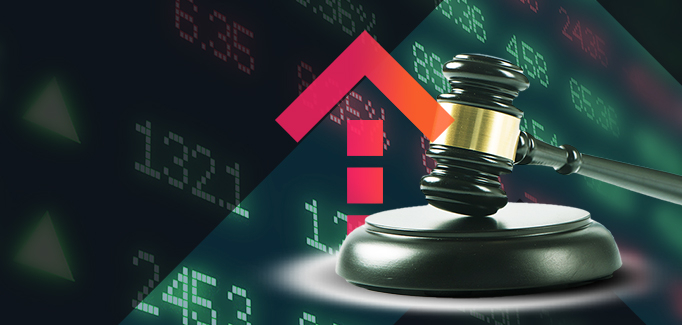Market Structure Complexity and Systems Stability
September 4th, 2013

For three hours on August 22, 2013, trading was halted on all Nasdaq-listed symbols. Among 2,700 tickers impacted were iconic technology corporations that typically list on the all-electronic Nasdaq exchange – Apple, Google, Dell, Microsoft, Yahoo, and Nasdaq itself. Throughout the outage, shares of these companies were inaccessible to retail and institutional investors around the world.
As widely reported, the event was related to a series of connectivity problems between the Nasdaq SIP (Securities Information Processor) and the NYSE Arca exchange, one of thirteen exchanges and a few dozen off-exchange venues where stocks are traded in the US. The Nasdaq SIP consolidates quote and trade data for all Nasdaq-listed stocks (known as “Tape C” stocks) from multiple liquidity venues, and distributes the data to vendors who, in turn, sell it to end-users such as online retail brokers.
As might be expected, NYSE and Nasdaq, old rivals and the two largest equities exchanges in the US, disagree on who was ultimately responsible. While attributing the underlying cause to heavy message traffic from NYSE Arca, Nasdaq’s preliminary report admits that a “latent flaw” in its software contributed to the shutdown. At least one independent market data research firm has unofficially concluded that the problem originated within the SIP.
More important than the proximate cause of the incident are the larger questions it raises: Should we all just get used to this? Don’t mishaps such as this result from the inherent complexity of our advanced, lightning-fast market structure – the same market structure that has delivered greater liquidity, tighter spreads, and lower commissions to all investors? Should we simply accept regular market disruptions as the price of progress, the new-but-necessary normal?
The answer from some quarters in the industry is an emphatic “no” – stability must not be sacrificed on the altar of competition and progress; it is a losing trade. If complexity breeds instability, as many believe it must, then we must completely redesign our tangled market structure – consolidate multiple exchanges; shine a light on dark pools; level the playing field between high-frequency traders who view stock prices on expensive, sub-microsecond direct feeds before the rest of us receive prices on slower market data aggregators like the SIP (especially when the direct and aggregate feeds are supplied by the same entity, like Nasdaq).
Calls for simplifying our market structure are a valid response to the recent onslaught of technology snafus, but such change will likely take several years to implement, even if it receives support from the industry and from regulators. In the meantime, the capital markets industry must focus its attention on identifying and mitigating the systemic risks within our existing market structure. There is little doubt that, for the foreseeable future, systems stability will be the highest priority of business and IT managers overseeing trading technology.
Until recently, trading institutions were expected to manage their own policies around risk management and systems stability; it has always been in their interest to do so. But in our highly automated and interconnected trading environment, the task has become more difficult while the stakes keep getting higher. A technical failure on a single broker’s platform or between two market data systems can now disrupt an entire market.
Fearing huge monetary and reputational losses, the industry should be motivated to self-enforce stability. If not, it may soon have to contend with regulators, who are moving beyond Trade Compliance into Systems Compliance. The SEC’s proposed Reg SCI would require exchanges to be accountable for the stability of their trading platforms.
Complexity is not the natural enemy of stability, but complexity overcomes stability when we underestimate it. Sometimes, despite all reasonable efforts, stability loses. The occasional technical failures resulting from market structure complexity – as in all complex systems from the Space Shuttle to the human body – can never be completely eliminated. This is not to say that the current situation is tolerable – far from it. We must demand, and we can readily achieve, a higher stability standard even within our complex market structure. With a greater appreciation for its unpredictability, and with the vigilance that it deserves, complexity can at least be managed.




